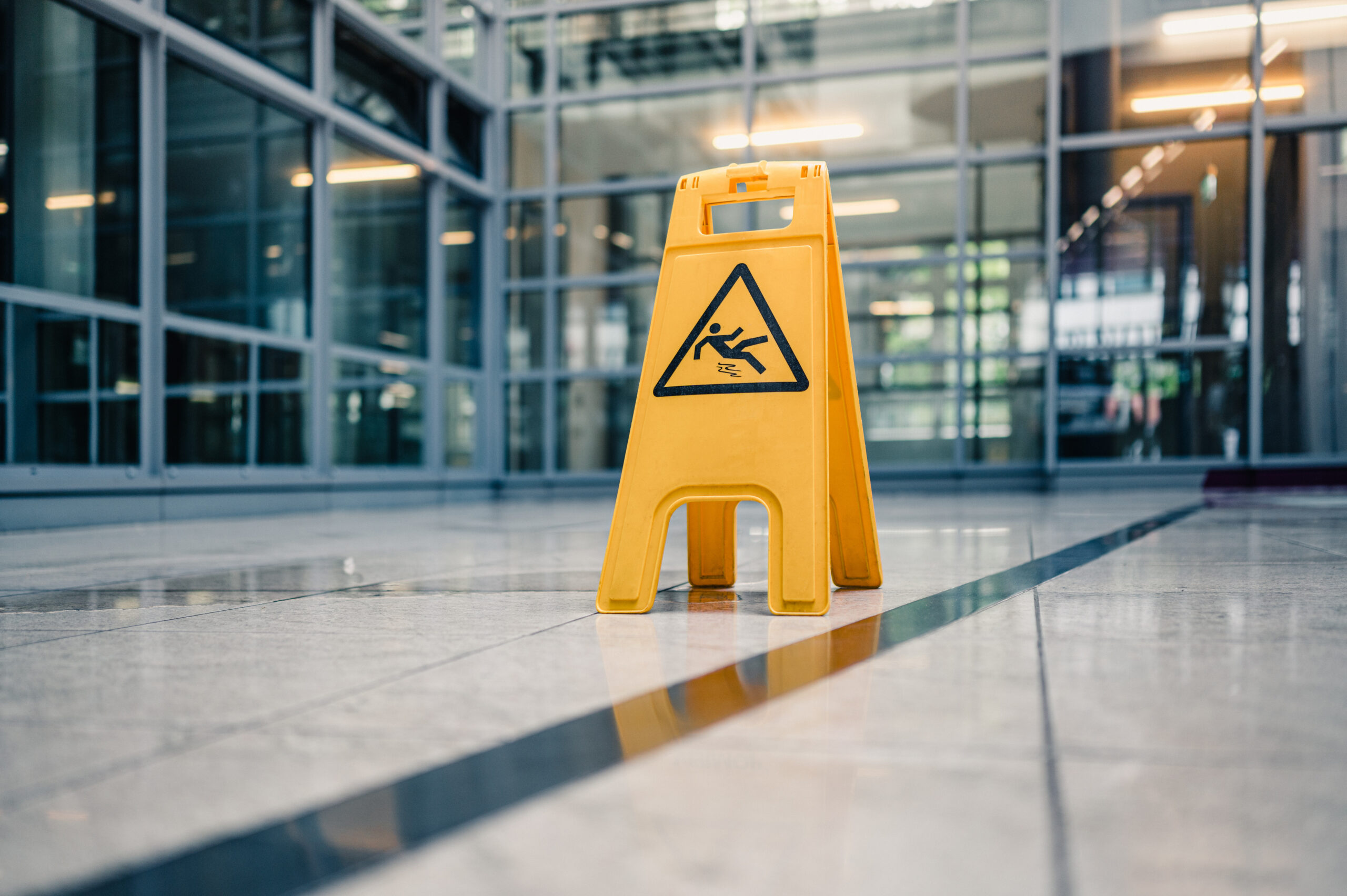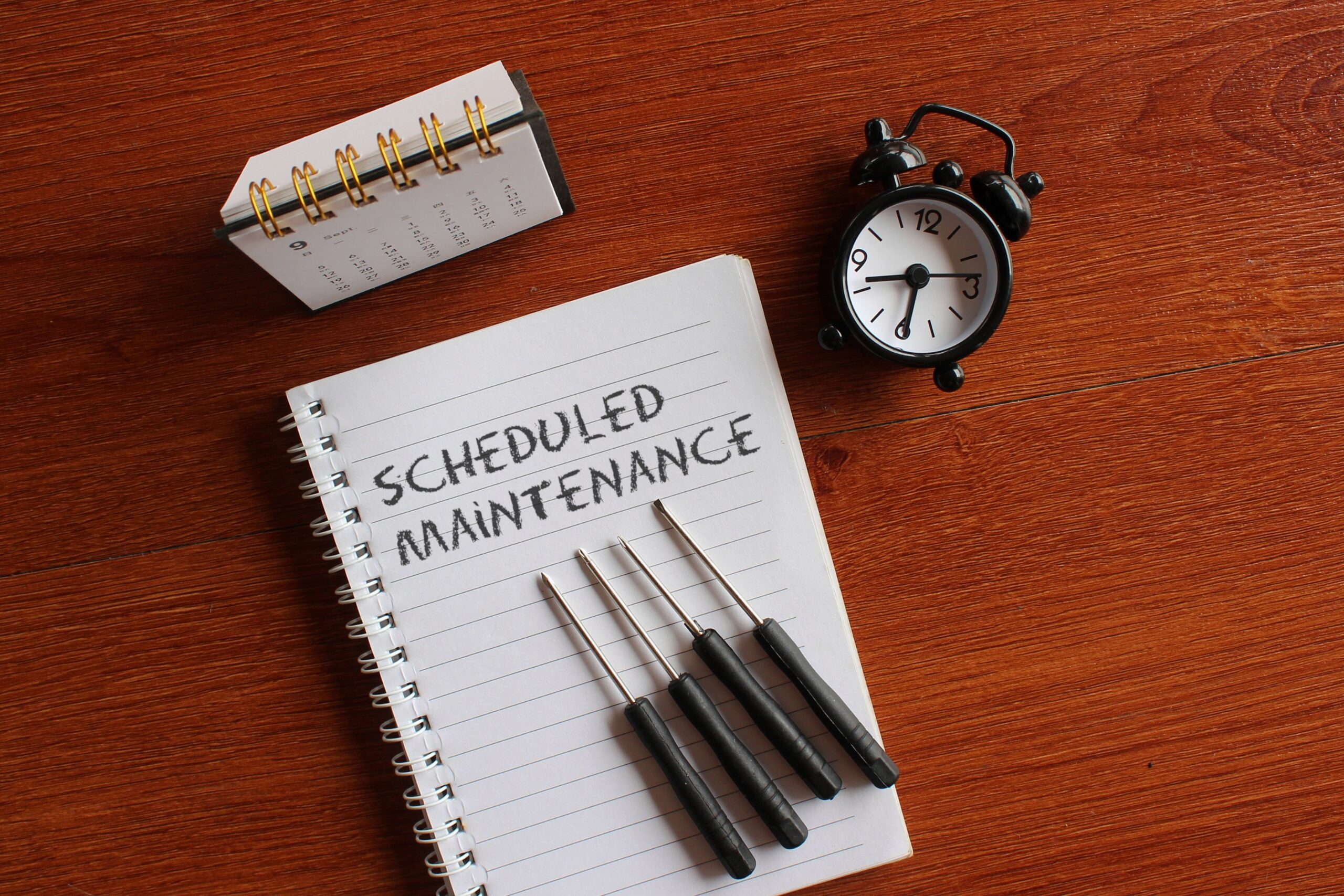Australia’s weather is influenced by many different climate features, but El Niño and La Niña are the most significant. Although the Bureau of Meteorology hasn’t yet declared an El Niño in 2023, we’re expecting a hot and dry summer ahead, so now is a good time to review your insurance policy and check you’re covered for the anticipated perils.
Globally, our weather seems to have more ‘energy’. Events are more frequent, and no one is spared their impact.
Cyclones, hurricanes, and typhoons are more ferocious. Flooding from excessive rainfall and storms is now more than just inundation – entire towns and villages are wiped out overnight. And in the Northern Hemisphere, recent summer wildfires have raged out of control, with their menace recently felt in Maui Hawaii, Canada and Greece.
Global climate patterns
Both El Niño and La Niña impact weather, ecosystems and economies on a global scale. Although quite different, the potential effects of both can be catastrophic.
An El Niño weather cycle typically results in:
- Reduced rainfall
- Warmer temperatures
- Shift in temperature extremes
- Increased frost risk
- Less tropical cyclones
- Later monsoon season
- Increased fire danger (in southeast Australia)
- Decreased alpine snow depths
Whereas a La Niña weather cycle generally leads to:
- Increased rainfall
- Cooler daytime temperatures (south of the tropics)
- Warmer overnight temperatures (in the north)
- Shift in temperature extremes
- Decreased frost risk
- More tropical cyclones
- Earlier monsoon season
A universal impact
This year’s El Niño is likely to set new heat records, energise rainfall in South America and fuel drought in Africa.
It’s also likely to be costly to the global economy. The El Niño event in 1997/98 was one of the most powerful in history, causing an estimated 16% of the world’s reef systems to die and temporarily warmed air temperature by 1.5 °C. There were $5.7tn in income losses around the world, according to a study published recently in the Science journal# and it was also blamed for contributing to 23,000 deaths as storms and floods magnified in its wake.
A dry warm period forecast
Although a declaration of El Niño would give Australian emergency services more predictability about the summer conditions, long-range weather forecasts show the next three months are set to be hot and dry regardless. The National Council for Fire and Emergency Services (AFAC) has marked large parts of eastern and central Australia in red in its outlook.
After three years of heavy rain during La Niña, it may seem strange that the risk of bushfires should be so high. However, the excessive rain we’ve experienced has led to the rapid regrowth of vegetation and this has increased the risk of fire, particularly in grassy areas.
This is not just a current risk. The combination of decreased rainfall and increased maximum temperatures brought by an El Niño increases the frequency of high fire danger ratings and the risk of a significant fire danger season in the subsequent year too (particularly in southeast Australia).
Tips to prepare yourself and your property
- Consider health and welfare issues: Extreme heat or lengthy periods of high temperatures are harmful to our health and to our pets and other animals. Look out for vulnerable residents and animals where possible.
- Carry out regular property inspections: Regular property inspections can help owners stay ahead of any issues and ensure they’re prepared for all weather conditions.
– Keep lawns and gardens well maintained. Prune overhanging trees and shrubs.
– Make sure gutters are free of leaves and twigs and install metal gutter guards.
– Repair damaged or missing roof tiles.
– Repair or seal any gaps around windows and doors, or in external walls.
– Enclose areas under outdoor decks and floors.
– Ensure hoses are long enough to reach around the property.
– If you have a pool, tank or dam, put a Static Water Supply (SWS) sign on your property entrance, so firefighters know where they can get water.
– Make sure any fire hydrants are easily located and unobstructed.
- Have a plan: Make sure everyone in your scheme knows what to do if there’s an emergency. Create a plan that includes everyone knowing where the nearest community evacuation area is, how to contact emergency services and include links for people to check the latest alerts and weather forecasts.
- Review insurance policies: Whether it’s strata insurance for the building or contents insurance for your personal belongings, make sure you have an adequate sum insured so you’re not left underinsured if an event occurs.
You might not be able to change the weather, but you can make sure people and properties are prepared.
For assistance with how to find the best insurance option contact BCB. To discuss your property’s strata management needs or receive a FREE management proposal contact our friendly team. We also offer more helpful resources and community living news in our FREE newsletter.



